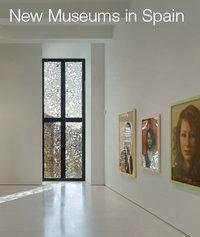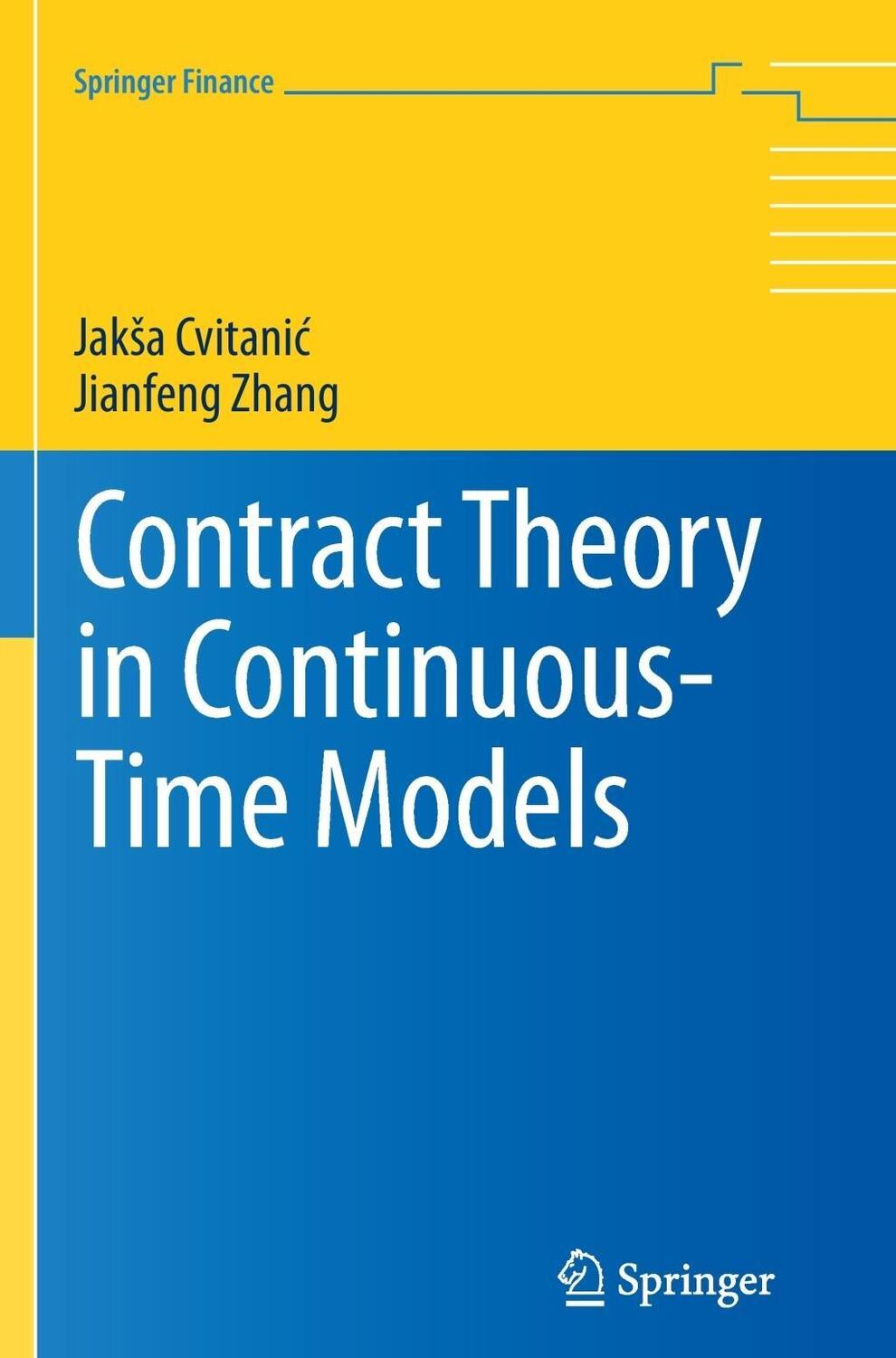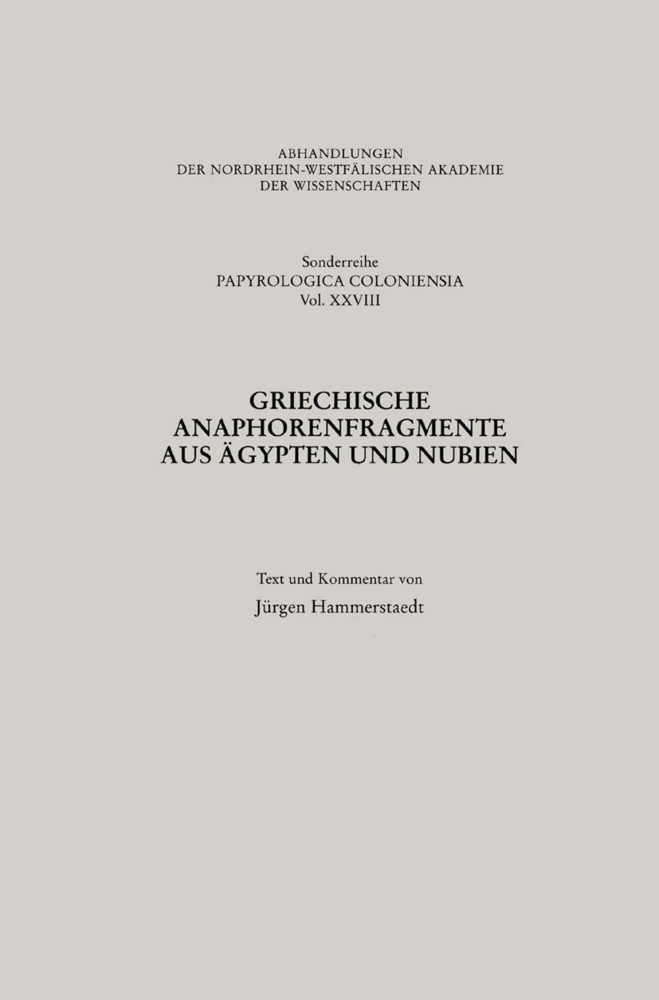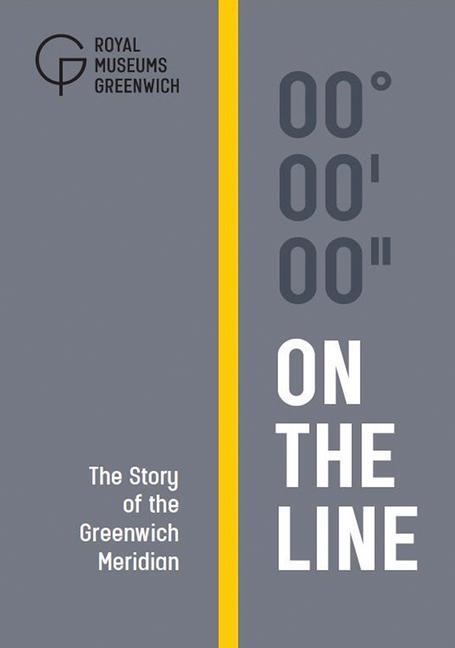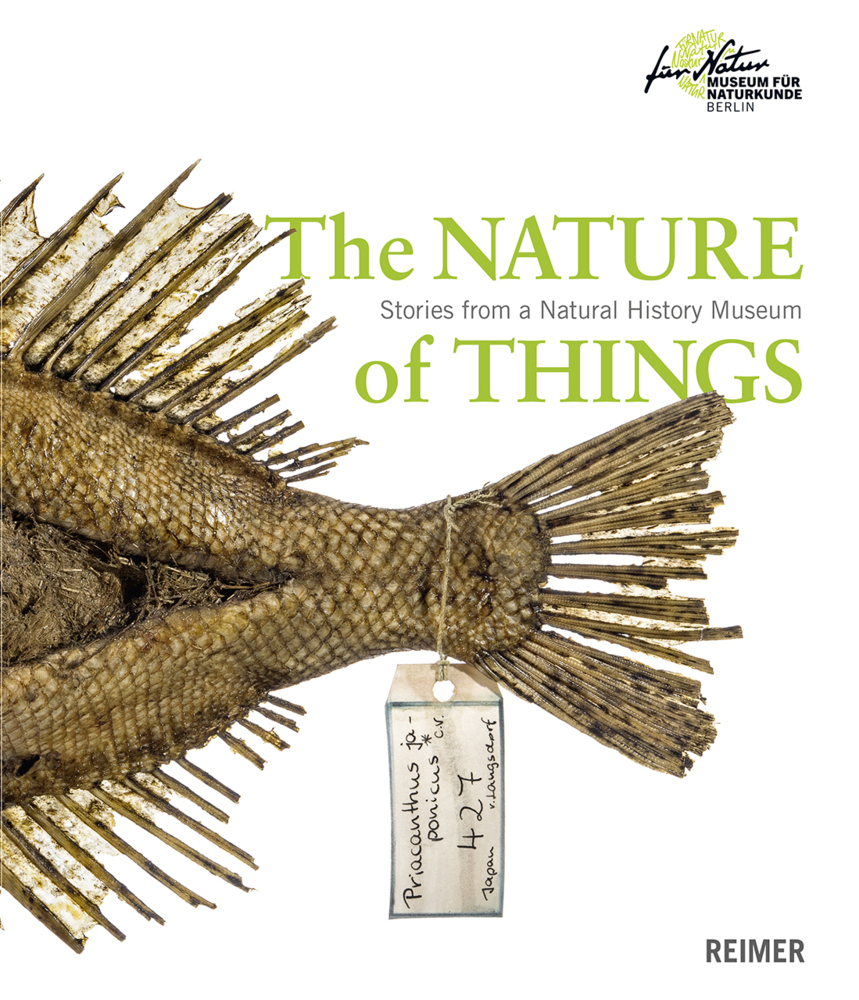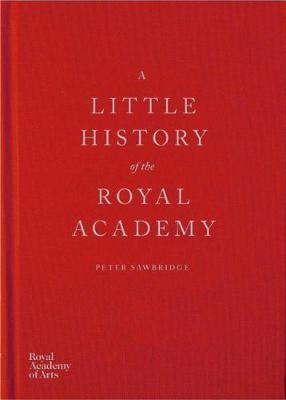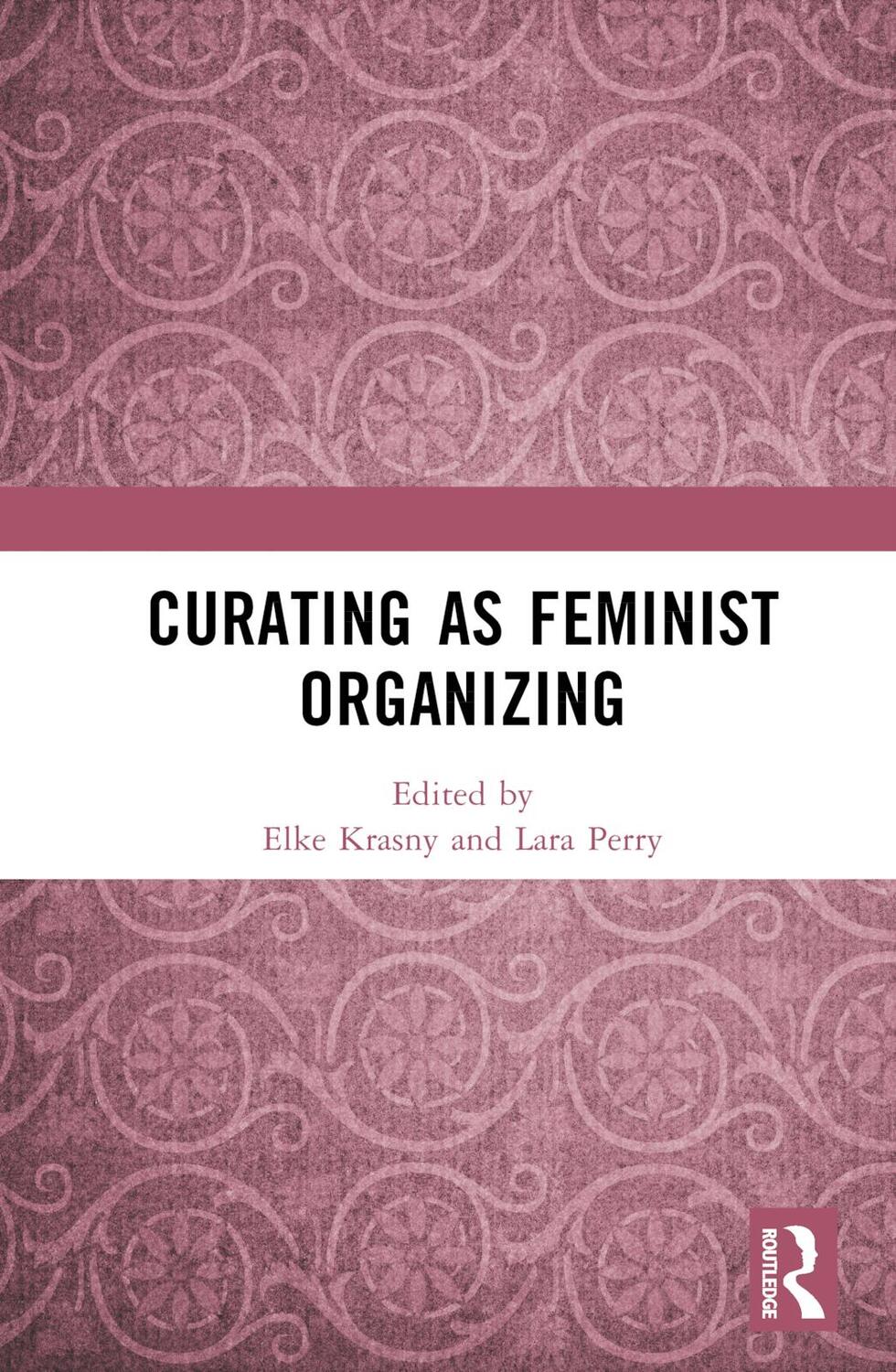Dekorationsartikel gehören nicht zum Leistungsumfang.
Sprache:
Deutsch
17,75 €*
Versandkostenfrei per Post / DHL
Lieferzeit 1-2 Wochen
Kategorien:
Beschreibung
Spanish museum architecture has experienced amarked upturn since the 1990s, helping even smalltowns off the tourist beaten track to acquire extraordinarymuseum buildings. This is expressedmost visibly without a shadow of a doubt in FrankO. Gehry's Guggenheim Museum in Bilbao. Butthere are not just the international stars who havecontributed to this success. Spanish architects inparticular have designed unique museums thathave changed the look of whole towns. One exampleis the Museo de Arte Contemporáneo de Castillay León in León in Castille, built by the Madridarchitects Mansilla + Tuñon. Rafael Moneo, whorecently completed the annexe for the Museo delPrado in Madrid is still the undisputed leading figurein Spanish architecture, but in the meantimearchitects like Mansilla + Tuñon, who trained underMoneo, are attracting attention internationally aswell as in Spain, and so are young talents whohave just left architecture school and are successfullydesigning museums.Spanish architects use a wide variety of formallanguages. And yet there are some characteristicsthat apply to them all: they have never been interestedin the Postmodernism games; many of themvalue reinterpreting regional building traditions in amodern way; they are also sensitive to special featuresof the existing topography. Kenneth Framptonsaid in this context that Spanish architectureessentially runs counter to the globalization tendenciesthat are increasingly reducing architecturalform to a comfortable aesthetic product.The present book, which is also suitable as amuseum guide, shows that this tendency is particularlyconspicuous in the new museums. It confirmsthe world-class nature of Spanish architecture,recorded from Rafael Moneo's early MuseoNacional de Arte Romano in Mérida to Herzog &de Meuron's new CaixaForum art gallery in Madrid.Klaus Englert studied philosophy and German.He was academic adviser to the Zollverein developmentcompany in Essen. He has worked forseveral years as free-lance culture correspondentand architecture critic for the Süddeutsche Zeitung,the Neue Zürcher Zeitung and the Frankfurter AllgemeineZeitung.
Spanish museum architecture has experienced amarked upturn since the 1990s, helping even smalltowns off the tourist beaten track to acquire extraordinarymuseum buildings. This is expressedmost visibly without a shadow of a doubt in FrankO. Gehry's Guggenheim Museum in Bilbao. Butthere are not just the international stars who havecontributed to this success. Spanish architects inparticular have designed unique museums thathave changed the look of whole towns. One exampleis the Museo de Arte Contemporáneo de Castillay León in León in Castille, built by the Madridarchitects Mansilla + Tuñon. Rafael Moneo, whorecently completed the annexe for the Museo delPrado in Madrid is still the undisputed leading figurein Spanish architecture, but in the meantimearchitects like Mansilla + Tuñon, who trained underMoneo, are attracting attention internationally aswell as in Spain, and so are young talents whohave just left architecture school and are successfullydesigning museums.Spanish architects use a wide variety of formallanguages. And yet there are some characteristicsthat apply to them all: they have never been interestedin the Postmodernism games; many of themvalue reinterpreting regional building traditions in amodern way; they are also sensitive to special featuresof the existing topography. Kenneth Framptonsaid in this context that Spanish architectureessentially runs counter to the globalization tendenciesthat are increasingly reducing architecturalform to a comfortable aesthetic product.The present book, which is also suitable as amuseum guide, shows that this tendency is particularlyconspicuous in the new museums. It confirmsthe world-class nature of Spanish architecture,recorded from Rafael Moneo's early MuseoNacional de Arte Romano in Mérida to Herzog &de Meuron's new CaixaForum art gallery in Madrid.Klaus Englert studied philosophy and German.He was academic adviser to the Zollverein developmentcompany in Essen. He has worked forseveral years as free-lance culture correspondentand architecture critic for the Süddeutsche Zeitung,the Neue Zürcher Zeitung and the Frankfurter AllgemeineZeitung.
Details
| Erscheinungsjahr: | 2010 |
|---|---|
| Genre: | Kunst |
| Rubrik: | Kunst & Musik |
| Thema: | Architektur |
| Medium: | Buch |
| Seiten: | 260 |
| Inhalt: |
260 S.
200 Illustr. |
| ISBN-13: | 9783936681178 |
| ISBN-10: | 3936681171 |
| Sprache: | Deutsch |
| Einband: | Gebunden |
| Autor: | Englert, Klaus |
| Kamera: | Halbe, Roland |
| edition axel menges: | Edition Axel Menges |
| Maße: | 309 x 252 x 20 mm |
| Von/Mit: | Klaus Englert |
| Erscheinungsdatum: | 31.12.2010 |
| Gewicht: | 1,315 kg |
Details
| Erscheinungsjahr: | 2010 |
|---|---|
| Genre: | Kunst |
| Rubrik: | Kunst & Musik |
| Thema: | Architektur |
| Medium: | Buch |
| Seiten: | 260 |
| Inhalt: |
260 S.
200 Illustr. |
| ISBN-13: | 9783936681178 |
| ISBN-10: | 3936681171 |
| Sprache: | Deutsch |
| Einband: | Gebunden |
| Autor: | Englert, Klaus |
| Kamera: | Halbe, Roland |
| edition axel menges: | Edition Axel Menges |
| Maße: | 309 x 252 x 20 mm |
| Von/Mit: | Klaus Englert |
| Erscheinungsdatum: | 31.12.2010 |
| Gewicht: | 1,315 kg |
Warnhinweis

